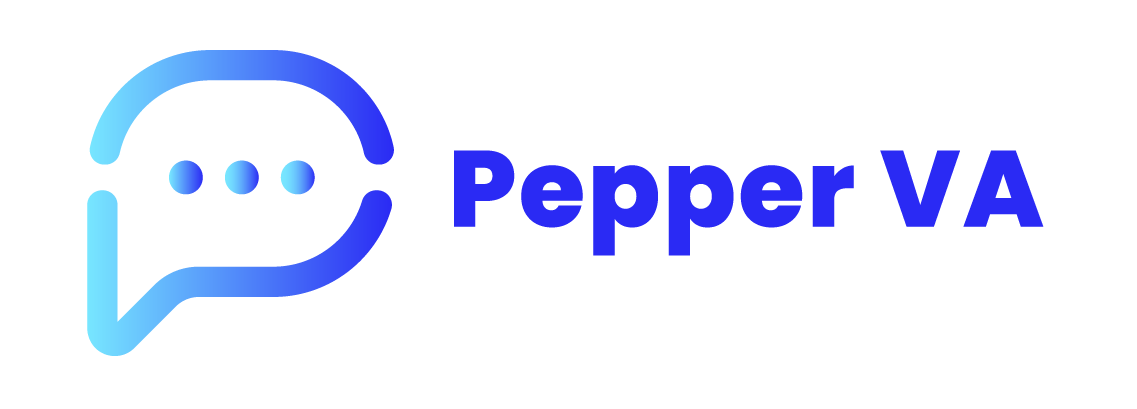Remote employment has converted project management from a geography-based obstacle into a technology-powered advantage. Due to strategic technology implementation, virtual teams functioning across different time zones and continents currently finish complicated projects more quickly than their office-based colleagues.
The most effective remote teams don’t merely convert traditional methods to digital formats—they reconceptualize work execution. These organizations utilize connected digital frameworks that transform physical distance into a competitive benefit through ongoing collaboration and streamlined workflows. Here is how virtual teams use technology to streamline project management.
Cloud-Based Project Management Platforms Drive Real-Time Collaboration
Modern project management systems have advanced beyond basic task inventories into comprehensive collaboration centers. Teams depend on integrated platforms that merge project planning, resource distribution, and progress monitoring within unified displays. These systems automatically synchronize updates across all team participants, guaranteeing everyone operates with the latest information.
The genuine benefit appears when teams can observe project interdependencies, resource disputes, and schedule modifications immediately, enabling instant adjustments rather than awaiting weekly progress meetings.
Sophisticated platforms also include automated workflow mechanisms that advance projects through established phases without manual involvement. When a designer finishes a concept, the platform automatically alerts the development team and refreshes project schedules. This automation decreases the administrative load on project managers while ensuring nothing gets overlooked during transitions between team participants.
File Management Systems Enable Seamless Asset Sharing
Conventional file sharing approaches generate version management problems for remote teams. Current cloud-based document management platforms address this issue by offering centralized storage with automatic version tracking, permission settings, and connectivity features. Teams can edit documents concurrently, observe modifications instantly, and record all changes comprehensively.
For design-focused sectors, specialized software applications like DynaScape illustrate how field-specific tools can connect with wider project coordination systems. These platforms enable landscape architects and designers to distribute intricate visual projects while preserving the technical accuracy needed for professional outputs.
The connection between specialized design applications and general project management systems ensures creative materials flow seamlessly through review processes without compromising technical precision or visual standards.
Communication Tools Replace Traditional Meeting Structures
Virtual teams have transformed project communication by advancing beyond scheduled meetings toward ongoing, relevant conversations. Modern communication systems connect directly with project management tools, establishing discussion threads around particular tasks, outputs, or problems. This method removes the information barriers frequently affecting distributed teams, as conversations stay linked to pertinent project components rather than being lost in email sequences.
Video conferencing technology has also developed to facilitate more than simple meetings. Screen sharing, collaborative digital boards, and immediate document editing during calls allow teams to make choices and resolve issues instantly rather than arranging additional sessions.
The most successful virtual teams employ asynchronous communication for status updates and synchronous communication for complex problem-solving, optimizing productivity across various time zones.
Data Analytics Transform Project Decision-Making
Virtual teams produce vast quantities of project information that traditional management methods frequently overlook. Contemporary analytics tools convert this information into practical insights regarding team efficiency, project obstacles, and resource usage trends.
Project managers can determine which task categories consistently exceed deadlines, which team participants might be overwhelmed, and where communication breaks hinder advancement.
Forecasting analytics features assist teams in predicting issues before they affect project schedules. These platforms can identify potential risks by examining past project information and recommend resource modifications to maintain project progress. This information-based method replaces instinct-driven project management with fact-based decision-making.
Endnote
Remote teams that excel at these technological methods regularly complete projects more quickly and with reduced communication errors than conventional teams. Success depends not on implementing every possible tool but on developing connected technology systems that facilitate organic work processes while removing administrative burdens.





